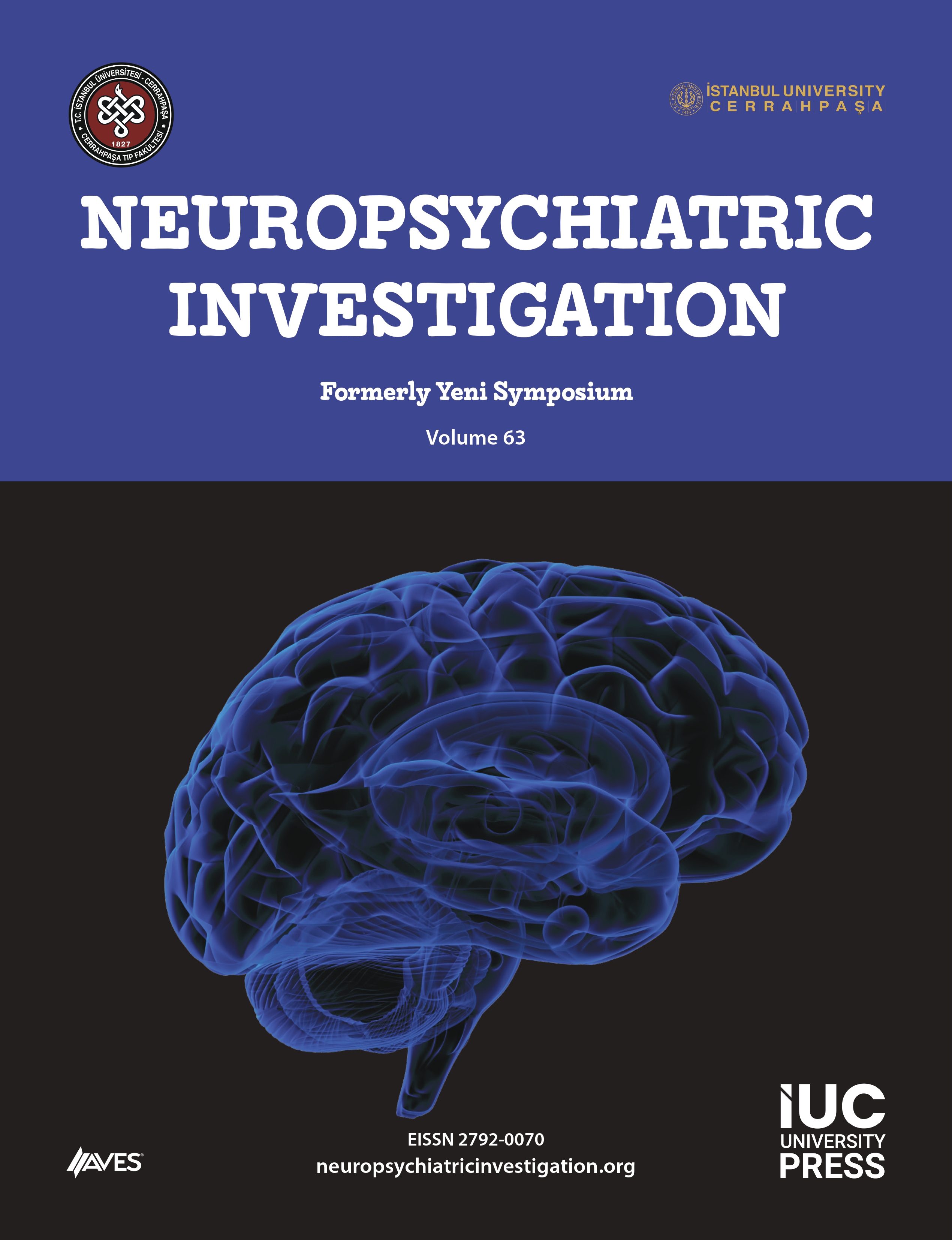Objective: Electromyography (EMG) is one of the methods which is used in the diagnosis and prediction of prognosis of neuromuscular disorders in all age groups. Here, we aimed to determine indications and diagnosis of EMG in pediatric age group.
Method: All records of patients who were admitted to EMG laboratory between January 2012 and December 2013, underwent nerve conduction studies and needle EMG and/or repetitive nerve stimulation tests and were under 18 years-old were retrospectively analyzed and data regarding age at admission, gender, preliminary diagnosis/ EMG indications, referral center and EMG diagnosis were recorded.
Results: In the study period, 364 admissions at pediatric age were detected. Age ranges were between 3 months and 18 years (mean age: 9.9±5.7 years), 208 patients (57.1%) were male. Most frequent indications were polyneuropathy (136, 39.3%), myopathy (64, 18.5%) and mononeuropathy (35, 10.1%). EMG diagnoses were normal (235, 64.6%), myopathy (27, 7.4%), cranial neuropathy (24, 6.6%), polyneuropathy (22, 6.0%), mononeuropathy (17, 4.7%) and plexopathy (13, 3.6%).
Conclusions: Most of the admissions resulted in normal findings. In pediatric age group, definitive diagnosis cannot be based solely on electrophysiological investigations. Personal and family history, neurological and physical examination findings as well as laboratory and electrophysiological findings should be evaluated altogether. Knowledge of specific syndromes and sometimes repetitive electrophysiological investigations are required.




.png)